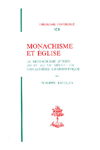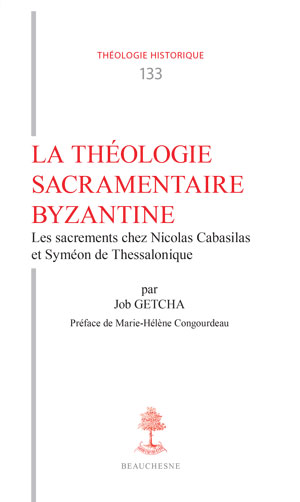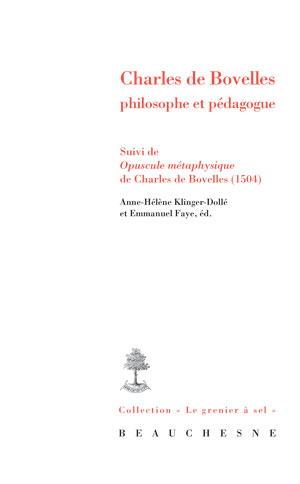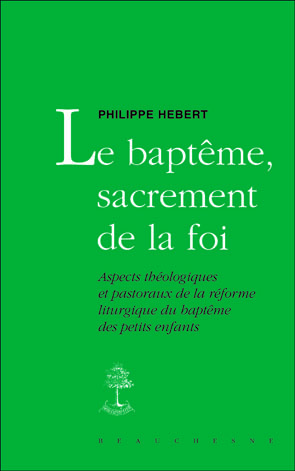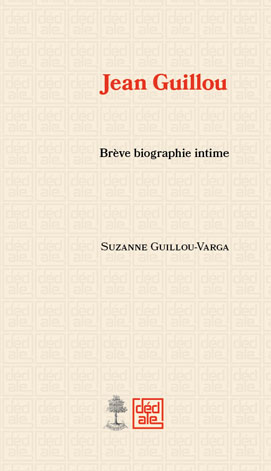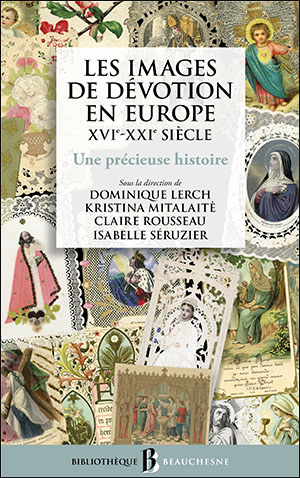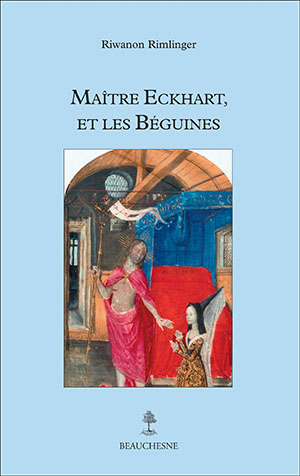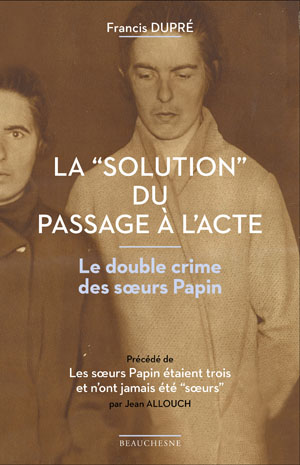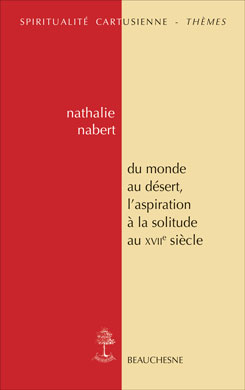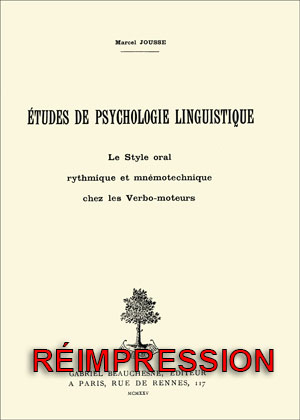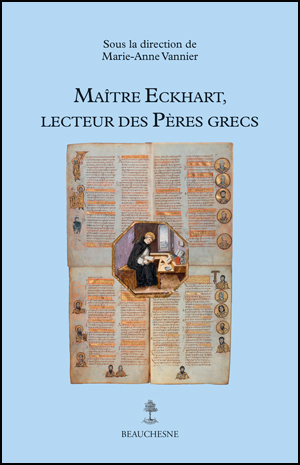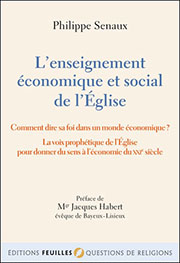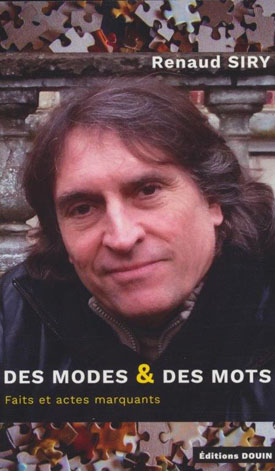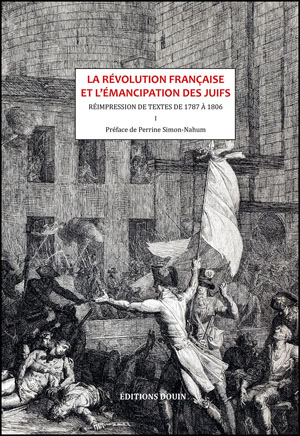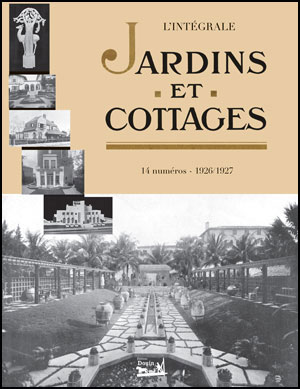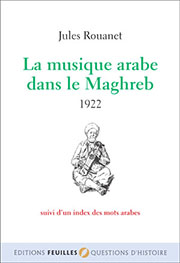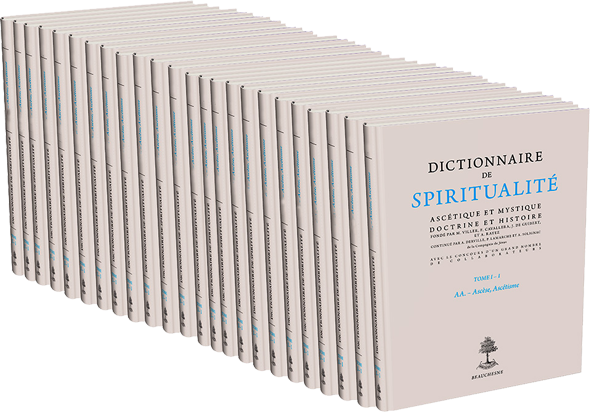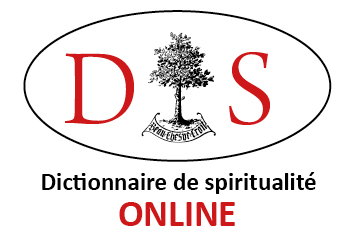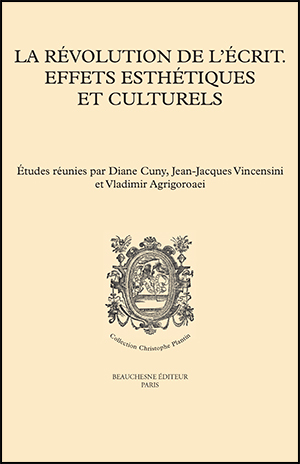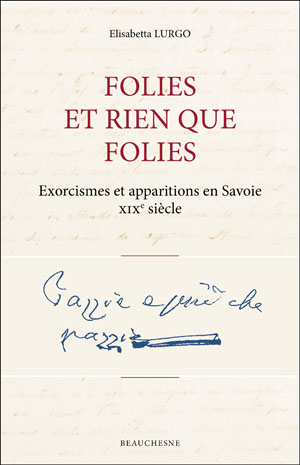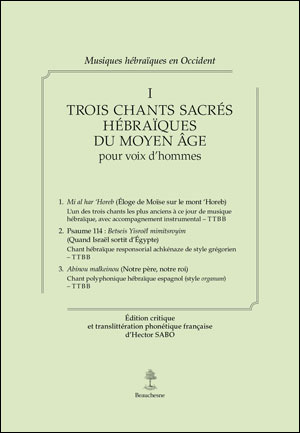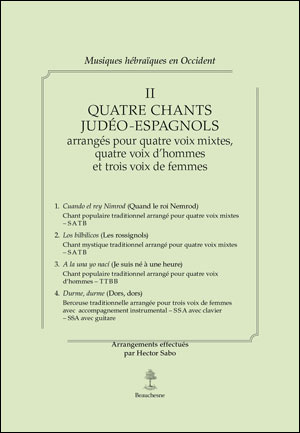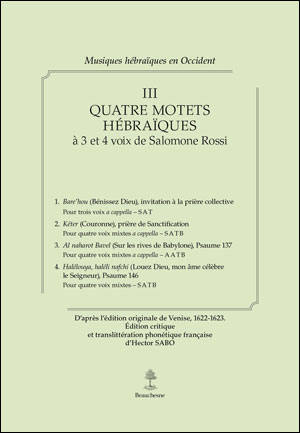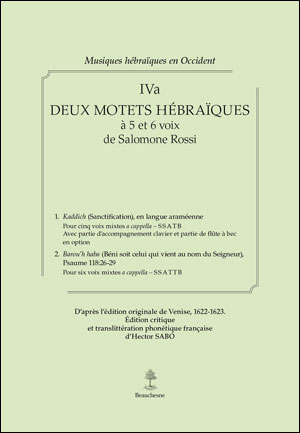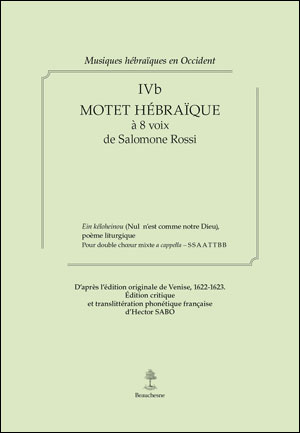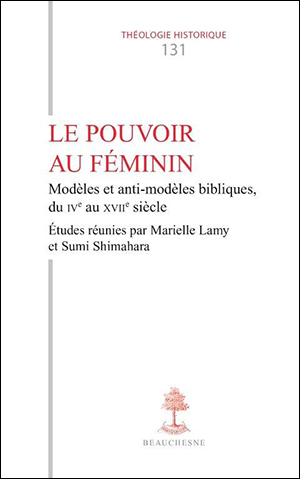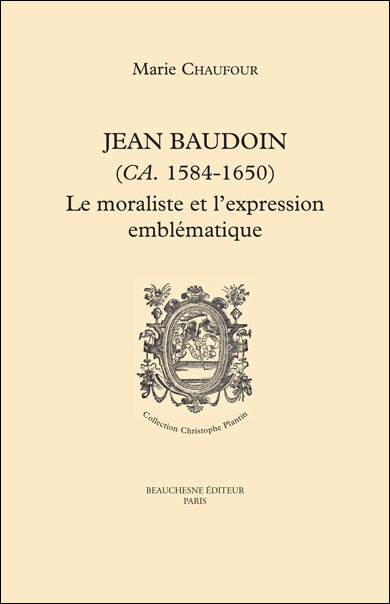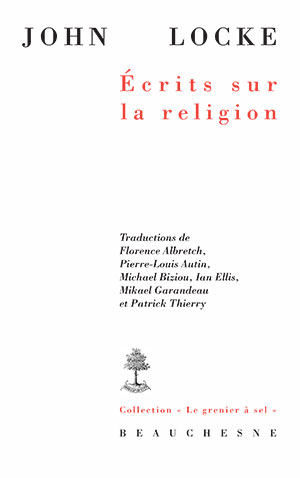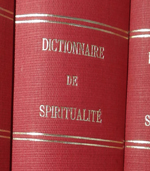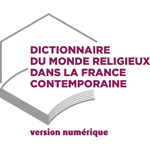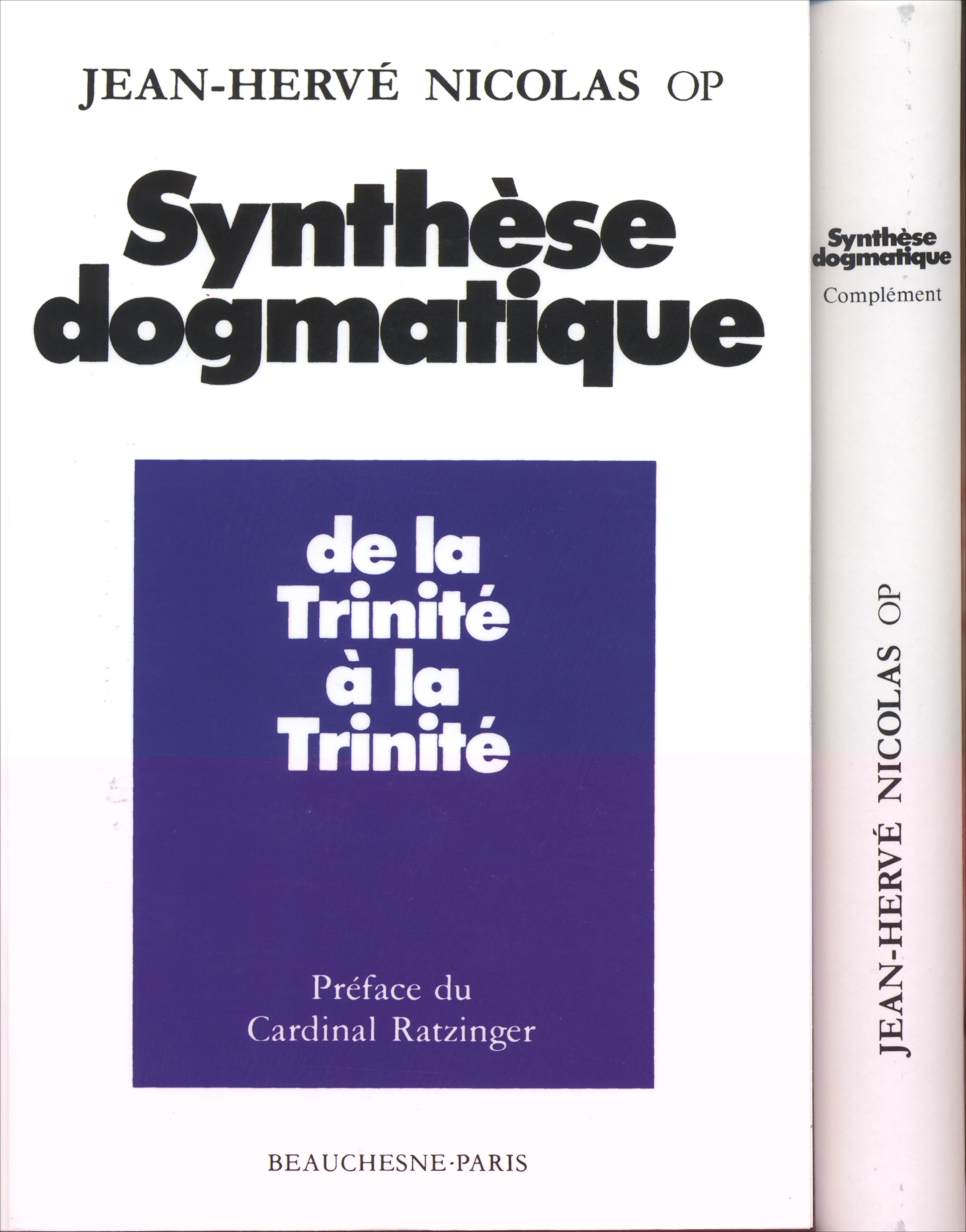45.00 €
TH n°109 MONACHISME ET ÉGLISE. LE MONACHISME SYRIEN DU IVè AU VIIè SIÈCLE : UN MONACHISME CHARISMATIQUE
Date d'ajout : mercredi 19 août 2015
par Columba STEWART
PHILIPPE ESCOLAN'S book surveys the complex world of early Syrian asceticism and monasticism from the fourth to the seventh centuries. His principal claim is that Syrian monasticism is marked by a strong social and ecclesiastical role. Although this has become a standard view about early monasticism in general, it is most famously so about that region because of Peter Brown's seminal work on the social role of the holy man in late antique Syria.
Escolan presents one of the basic dilemmas of the subject, the apparent bifurcation between the earliest, Syriac-speaking, asceticism shown in the works of Aphrahat and Ephrem, and the later formS of monastic life that show stronger affinities with Egyptian and Palestinian traditions and reflect some degree of hellenization. Monasticism reflects the larger story of the church in Syria with its heritage of two cultures, Syriac and Greek.
The book consists of nine chapters ; the longest (one and four) are on early Syriac asceticism and on entry into monastic life. In both Escolan analyses the shift from an earlier ecclesial asceticism to a more sectarian monasticism. Escolan provides a substantial chapter (three) on Messalianism, which he identifies as a form of ascetic practice guaranteeing perfection. He assumes that a Messalian party as such existed within Syrian monasticism. He de-emphasizes the traditional focus on unceasing prayer as the distinctive mark of Messalianism. Escolan claims that his approach avoids the skewed perspective of viewing Messalianism from a later heresiological standpoint, though he uses the terms 'heresie' and 'heretiques' throughout, He only briefly refers to the relationship between the Liber graduum, the writings of Ps-Macarius, and alleged Messalian tenets. Therefore the analysis becomes somewhat circular, accepting the claims of the heresiologists ancient and modern that such a party existed with particular tenets while claiming to avoid viewing the situation from the standpoint of the victors.
The second half of Escolan's book (chapters five to nine) reviews the financial, pastoral, and ecclesiastical roles of Syrian monks. Here, as indeed throughout the book, Escolan's approach is largely descriptive. He has read the sources and the secondary literature, but the book would be strengthened by a sharper critical edge. Having synthesized a large quantity of material, largely hagiographical, Escolan does not question the sources themselves as to their role in idealizing certain monastic roles or normalizing particular views of ecclesiastical issues. Students of early monasticism today should expect such analysis, and it would make Escolan's already interesting survey even more instructive. Even so, the book remains valuable for its wealth of information and its survey of the relevant literature.
Escolan presents one of the basic dilemmas of the subject, the apparent bifurcation between the earliest, Syriac-speaking, asceticism shown in the works of Aphrahat and Ephrem, and the later formS of monastic life that show stronger affinities with Egyptian and Palestinian traditions and reflect some degree of hellenization. Monasticism reflects the larger story of the church in Syria with its heritage of two cultures, Syriac and Greek.
The book consists of nine chapters ; the longest (one and four) are on early Syriac asceticism and on entry into monastic life. In both Escolan analyses the shift from an earlier ecclesial asceticism to a more sectarian monasticism. Escolan provides a substantial chapter (three) on Messalianism, which he identifies as a form of ascetic practice guaranteeing perfection. He assumes that a Messalian party as such existed within Syrian monasticism. He de-emphasizes the traditional focus on unceasing prayer as the distinctive mark of Messalianism. Escolan claims that his approach avoids the skewed perspective of viewing Messalianism from a later heresiological standpoint, though he uses the terms 'heresie' and 'heretiques' throughout, He only briefly refers to the relationship between the Liber graduum, the writings of Ps-Macarius, and alleged Messalian tenets. Therefore the analysis becomes somewhat circular, accepting the claims of the heresiologists ancient and modern that such a party existed with particular tenets while claiming to avoid viewing the situation from the standpoint of the victors.
The second half of Escolan's book (chapters five to nine) reviews the financial, pastoral, and ecclesiastical roles of Syrian monks. Here, as indeed throughout the book, Escolan's approach is largely descriptive. He has read the sources and the secondary literature, but the book would be strengthened by a sharper critical edge. Having synthesized a large quantity of material, largely hagiographical, Escolan does not question the sources themselves as to their role in idealizing certain monastic roles or normalizing particular views of ecclesiastical issues. Students of early monasticism today should expect such analysis, and it would make Escolan's already interesting survey even more instructive. Even so, the book remains valuable for its wealth of information and its survey of the relevant literature.
Moteur de recherche www.editions-beauchesne.com
Le moteur peut rechercher dans différents champs :
- Un nom d’auteur (AUTEUR)
- Un mot du titre (TITRE)
- Un ISBN
- Un mot du texte de présentation (TEXTE)
- Un mot du sommaire ou de la table des matières (SOMMAIRE).
La recherche dans les champs TEXTE et SOMMAIRE peut être un peu longue.
En cliquant sur un resultat la fiche du livre correspondant s'ouvre dans un nouvel onglet.
Search engine www.editions-beauchesne.com
The engine can search in different fields:
- An author's name (AUTEUR)
- A word from the title (TITRE)
- An ISBN
- A word from the presentation text (TEXTE)
- A word from the summary or the table of contents (SOMMAIRE).
The search in the TEXTE and SOMMAIRE fields may take some time.
Clicking on a result open the book's sheet in a new tab.

